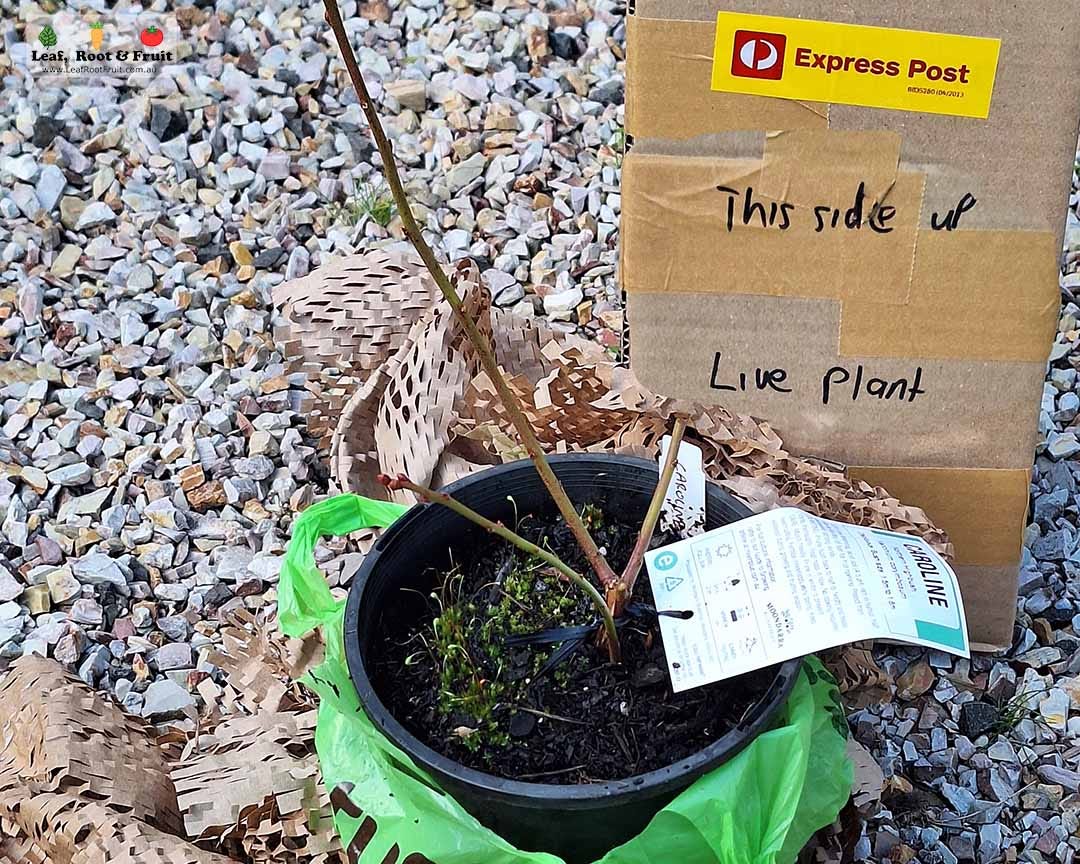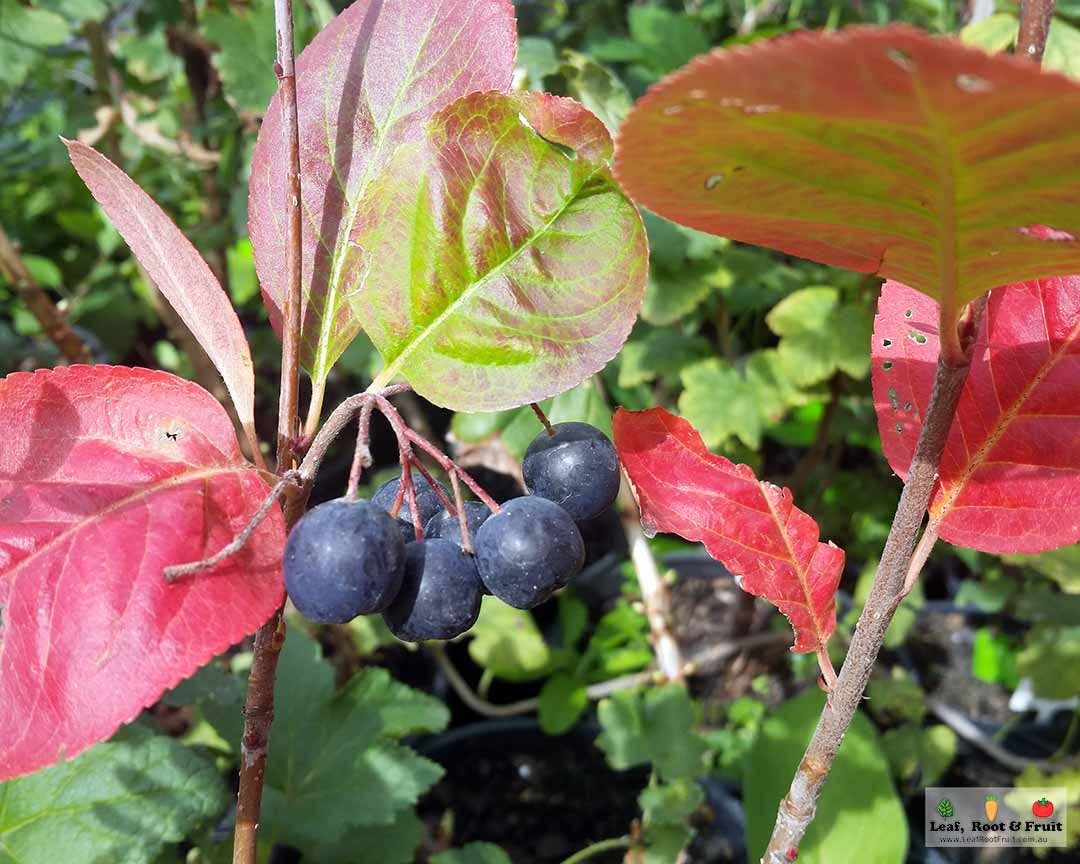I’m slowly curbing my plant-buying habit. But it’s taking a lot of effort.
There’s a lot of room to grow plants on six acres. One of the original attractions of moving to this larger property was that I would have the space to grow anything I liked. But in hindsight, it’s not the amount of space I have that’s limited my misguided efforts to grow every productive plant possible (and many unproductive plants as well). Five years into living on and tending this property, I now know that it’s the amount of time I have to maintain a large garden that limits what I grow, along with the availability of water to keep it all alive. I’m now much more selective in what I purchase, propagate or plant.
It used to be that every time I walked into a plant nursery and discovered a new edible plant, I just had to have it (I’m especially a sucker for new blueberry cultivars). As a renter, I had hundreds of potted plants, all manner of edibles. Growing large nut trees such as pecans wasn’t an option in pots, but most berries really suit small spaces, so as a renter, I focused on collecting berry plants. Most of my collection consisted of the typical berries: blueberries, raspberries and strawberries. I had plenty of different varieties of black currants, red currants and gooseberries too.

I’ve since curbed my compulsive habit to buy every novel productive plant I come across. My blueberry patch is as complete as it is ever going to be. I’ve done plenty of taste tests, decided on my favourite cultivars and planted them into their forever home in my netted enclosure. There were several cultivars that weren’t good enough to make the cut. Some of those have been plonked in various corners of the garden to fend for themselves. Others have been given away. My resolve is tested when I discover new blueberries on the nursery shelves, but I’ve resisted temptation. I’m cured (for now). I’ve taken a similar approach with the raspberries and other cane berries. Given the larger spaces that they take up, I’ve had to be brutal with my selection process. I reduced 15 potential raspberry cultivars from my collection down to just five that made the final transition to the berry patch.
I’ve also amassed many unusual and rare berries in my time. Some are delicious and I’m surprised they aren’t grown more widely. Others are best left on the nursery shelf, allowing you to focus on growing tastier options such as blueberries.
Here are some of my amazing discoveries and which ones I recommend you avoid.
Chokeberries (Aronia spp.)
There are three species of chokeberry in cultivation that I am aware of: red chokeberry (Aronia arbutifolia), purple chokeberry (Aronia prunifolia) and black chokeberry (Aronia melanocarpa). The clue is in the common name though. The fruit of all of these is very astringent and likely to make you wince when you try them. These plants are indigenous to North America where they can be considered a bush food (or a survival option if you are lost). The plants can grow into large shrubs, and the autumn foliage is stunning. All three species suffer from extensive Pear/Cherry Slug damage, which can undermine the visual appeal of the autumn foliage. I have planted one of each of these into my garden, but not even the birds are interested in eating the fruit. None of my plants are selected cultivars and I wonder if there are some tastier cultivars grown in the US or Canada?





